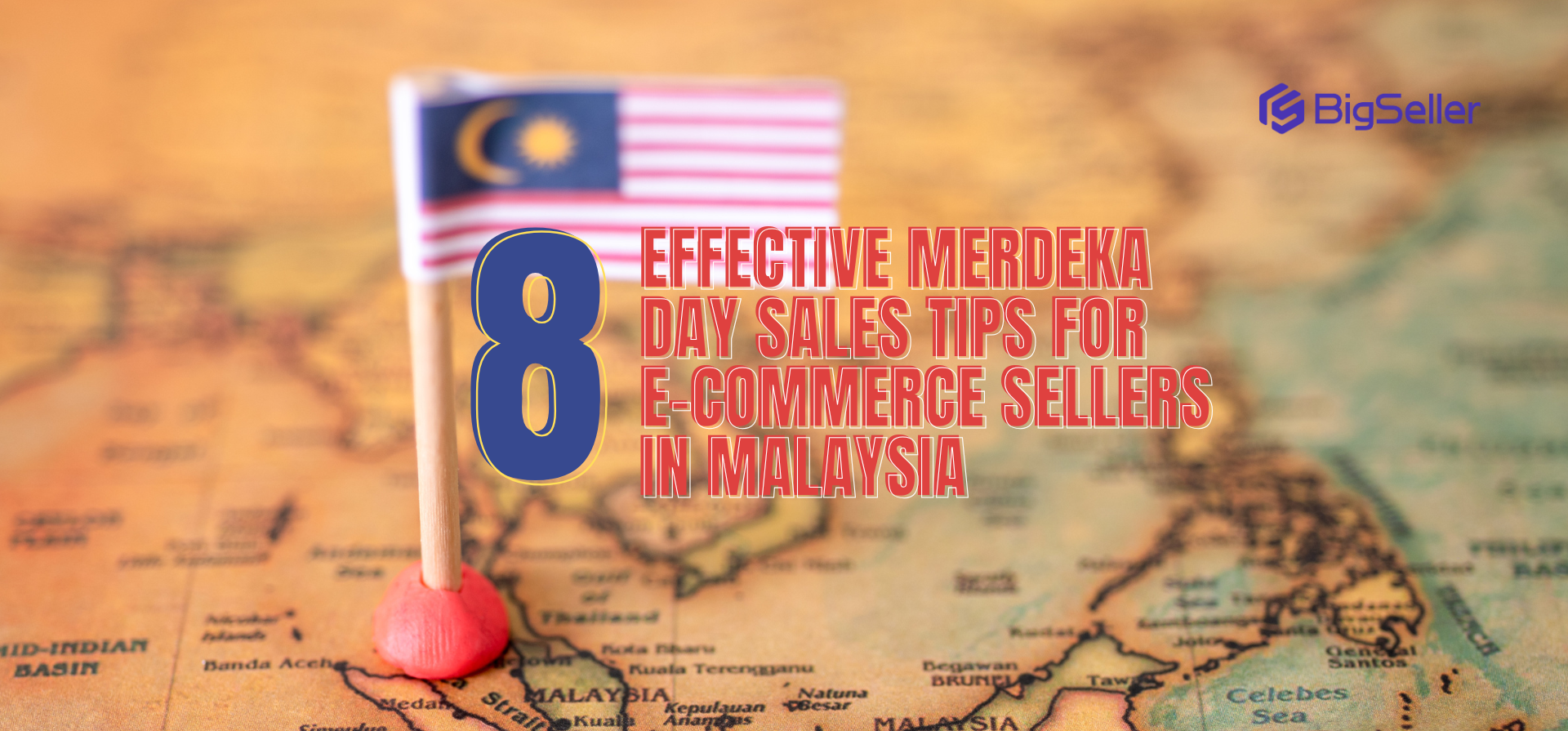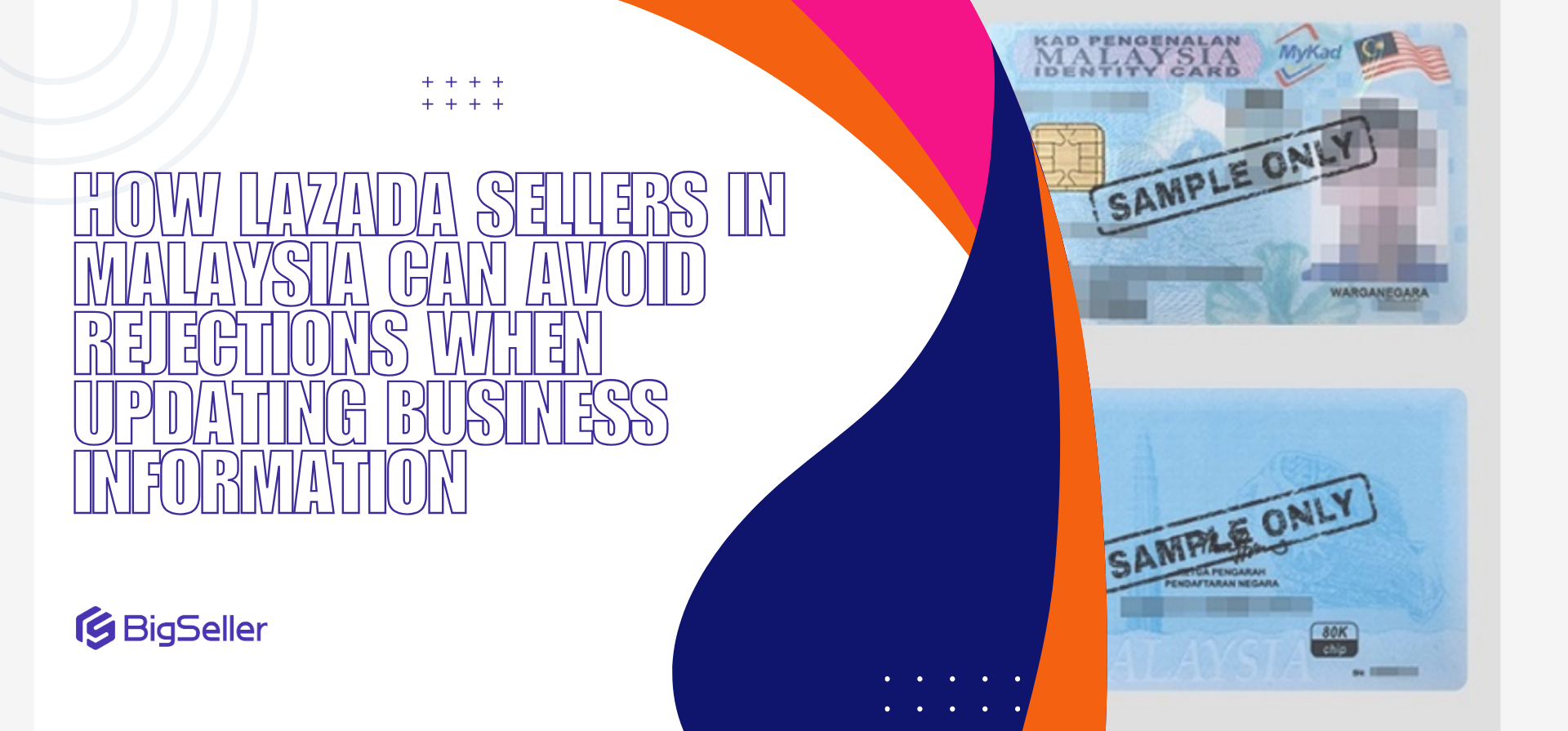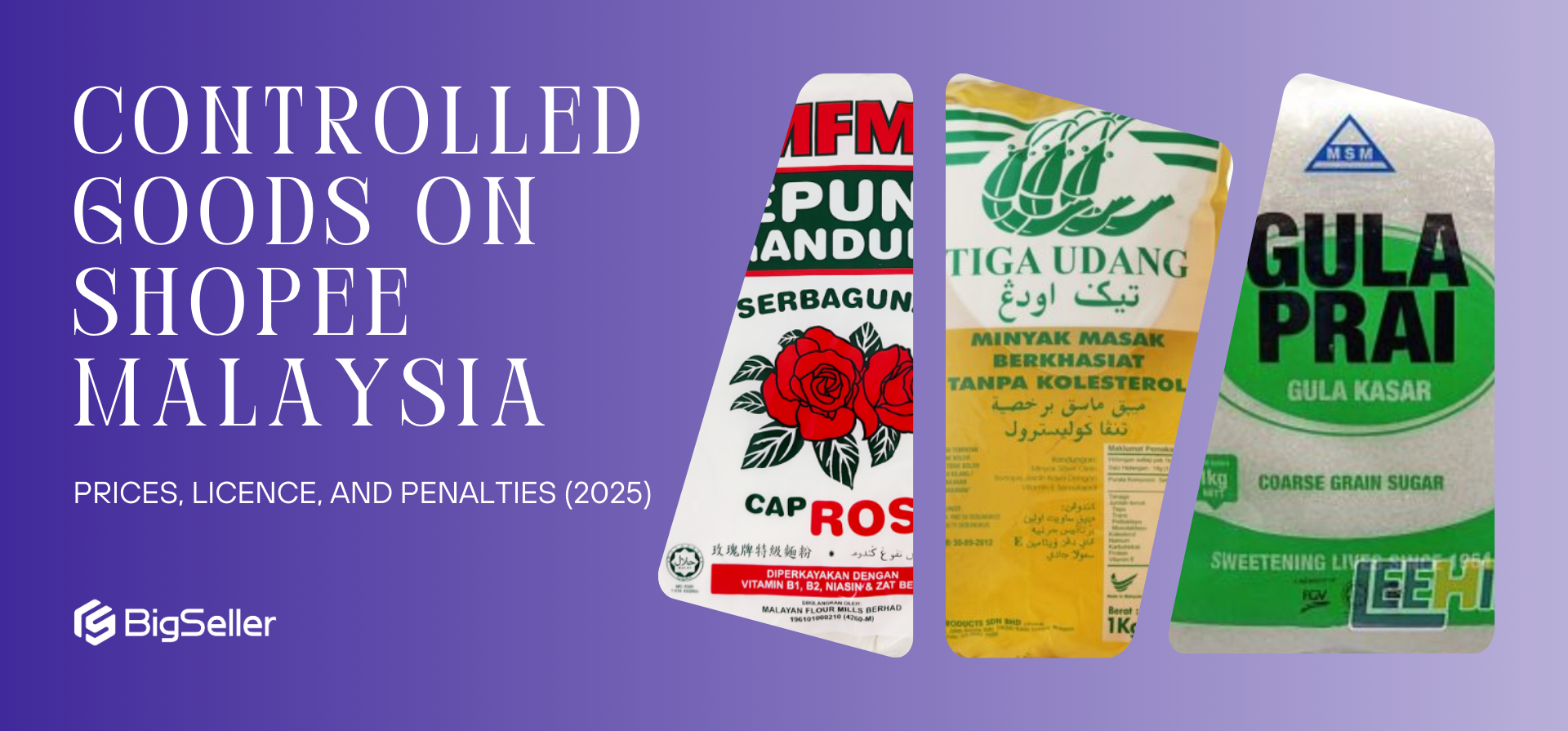Discover AI for Ecommerce: Optimize PH Sales & Efficiency
Jayson 25 Aug 2025 12:28ENCopy link & title
AI for ecommerce isn’t a distant luxury — it’s a set of practical tools you can start using this month to reduce repetitive work, improve customer experience, and lift conversions.
Below are clear, actionable points based on industry data to help you quickly understand how AI can help the e-commerce industry and how to apply it in practice.
The Philippine e-commerce market is growing rapidly, creating an opportunity to scale smartly rather than just scale fast. Recent market research shows the Philippines’ e-commerce market reached multi-billion-dollar scale and is projected to grow strongly over the coming years.
At the same time, many sellers haven’t fully adopted AI: a regional Lazada study found AI is used in only about 37% of seller operations on average, and three in four sellers report needing extra support to adopt AI effectively — a clear sign that smart, practical guidance will pay off.
Bottom line: the market is growing and shoppers expect faster, more personalized experiences — AI for ecommerce helps you meet that expectation while working with the constraints many Filipino sellers already face (limited staff, mixed inventory sources, and busy peak seasons).
Here are the most practical AI uses for small-to-mid Filipino online stores and exactly what benefits to expect.
(1). AI chatbots for customer service
Why it matters: shoppers want quick answers about stock, delivery, and payments. A chatbot handles common questions 24/7, reduces response time, and frees your staff to handle complex cases.
How to use it: start by automating FAQs (order status, return windows, COD availability) and route complex queries to a human. Test on one sales channel (Facebook Shop, Lazada/ Shopee chat, or your site) before rolling out.
(2). Personalized recommendations & dynamic merchandising
Why it matters: product recommendations and personalized search increase average order value and conversions—many retailers report double-digit uplifts when recommendations are relevant. Use AI to show “customers who bought this also bought…” and to prioritize best sellers on mobile views.
How to use it: install a recommendation widget or enable platform-level personalization (many marketplaces and plugins offer plug-and-play options). Start by recommending accessories or fast-moving items to increase AOV.
(3). Demand forecasting & inventory optimization
Why it matters: forecasting AI reduces stockouts and overstock, saving cash and avoiding lost sales.
How to use it: feed your weekly sales, promotions calendar, and lead times into a simple forecasting tool. Run a 2–3 month pilot on your top 50 SKUs to compare predicted vs actual demand before scaling.

Follow a simple pilot → measure → scale pattern.
(1). Pick one small pilot (30–90 days)
Choose one use case (chatbot, recommendations, or demand forecasting) and one sales channel. Keep goals measurable: reduce average response time by X minutes, increase AOV by Y%, or lower stockouts by Z%.
(2). Use affordable, proven tools
Start with platform plugins or marketplace features (many local marketplaces and third-party apps offer free trials). Avoid custom builds until the pilot proves ROI.
(3). Measure the right metrics
Track CTR, conversion rate, average order value, customer response time, ticket deflection (for chatbots), and inventory turnover. Compare pilot period vs previous period to estimate net gains.
Suggested targets (example): reduce reply time to <1 hour for common queries; aim for a 5–10% lift in conversion from personalized recommendations in the first 60 days if traffic volume is sufficient. (Adjust based on your baseline.)

AI is powerful but not magic. Plan for these realities.
(1). Don’t overpromise
AI reduces friction and automates routine work, but it requires monitoring and human oversight. Treat AI as an assistant, not a replacement for quality control.
(2). Protect customer trust and data
Use vendors with clear data policies and avoid sending sensitive customer data to unvetted services. Display simple privacy notices if AI chatbots collect order or contact details.
(3). Keep content high-value and original
If you use AI to draft product descriptions or blog posts, add hands-on edits, real examples, and local context (delivery experiences, payment options in the Philippines). This supports EEAT and helps content rank.
AI for ecommerce is a practical lever for Filipino sellers: it reduces routine work, improves customer experience, and helps increase conversions when used carefully.
If the application of AI is too troublesome for you, you can also try to use ERP software to operate your e-commerce account. Nowadays, many ERPs have built-in AI tools that can be used directly, such as BigSeller, the number one e-commerce ERP in Southeast Asia.

Below are clear, actionable points based on industry data to help you quickly understand how AI can help the e-commerce industry and how to apply it in practice.
Want to manage multiple E-commerce online accounts at the same time?
Vist our website to know more 👉 BigSeller ERP
Vist our website to know more 👉 BigSeller ERP
1. Why Filipino Sellers Should Embrace AI for Ecommerce
The Philippine e-commerce market is growing rapidly, creating an opportunity to scale smartly rather than just scale fast. Recent market research shows the Philippines’ e-commerce market reached multi-billion-dollar scale and is projected to grow strongly over the coming years.
At the same time, many sellers haven’t fully adopted AI: a regional Lazada study found AI is used in only about 37% of seller operations on average, and three in four sellers report needing extra support to adopt AI effectively — a clear sign that smart, practical guidance will pay off.
Bottom line: the market is growing and shoppers expect faster, more personalized experiences — AI for ecommerce helps you meet that expectation while working with the constraints many Filipino sellers already face (limited staff, mixed inventory sources, and busy peak seasons).
2. Key AI Applications that Move The Needle
Here are the most practical AI uses for small-to-mid Filipino online stores and exactly what benefits to expect.
(1). AI chatbots for customer service
Why it matters: shoppers want quick answers about stock, delivery, and payments. A chatbot handles common questions 24/7, reduces response time, and frees your staff to handle complex cases.
How to use it: start by automating FAQs (order status, return windows, COD availability) and route complex queries to a human. Test on one sales channel (Facebook Shop, Lazada/ Shopee chat, or your site) before rolling out.
(2). Personalized recommendations & dynamic merchandising
Why it matters: product recommendations and personalized search increase average order value and conversions—many retailers report double-digit uplifts when recommendations are relevant. Use AI to show “customers who bought this also bought…” and to prioritize best sellers on mobile views.
How to use it: install a recommendation widget or enable platform-level personalization (many marketplaces and plugins offer plug-and-play options). Start by recommending accessories or fast-moving items to increase AOV.
(3). Demand forecasting & inventory optimization
Why it matters: forecasting AI reduces stockouts and overstock, saving cash and avoiding lost sales.
How to use it: feed your weekly sales, promotions calendar, and lead times into a simple forecasting tool. Run a 2–3 month pilot on your top 50 SKUs to compare predicted vs actual demand before scaling.

3. Low-risk Steps to Implement AI in Your Store
Follow a simple pilot → measure → scale pattern.
(1). Pick one small pilot (30–90 days)
Choose one use case (chatbot, recommendations, or demand forecasting) and one sales channel. Keep goals measurable: reduce average response time by X minutes, increase AOV by Y%, or lower stockouts by Z%.
(2). Use affordable, proven tools
Start with platform plugins or marketplace features (many local marketplaces and third-party apps offer free trials). Avoid custom builds until the pilot proves ROI.
(3). Measure the right metrics
Track CTR, conversion rate, average order value, customer response time, ticket deflection (for chatbots), and inventory turnover. Compare pilot period vs previous period to estimate net gains.
Suggested targets (example): reduce reply time to <1 hour for common queries; aim for a 5–10% lift in conversion from personalized recommendations in the first 60 days if traffic volume is sufficient. (Adjust based on your baseline.)

4. Overcoming Challenges & Keeping AI Sustainable
AI is powerful but not magic. Plan for these realities.
(1). Don’t overpromise
AI reduces friction and automates routine work, but it requires monitoring and human oversight. Treat AI as an assistant, not a replacement for quality control.
(2). Protect customer trust and data
Use vendors with clear data policies and avoid sending sensitive customer data to unvetted services. Display simple privacy notices if AI chatbots collect order or contact details.
(3). Keep content high-value and original
If you use AI to draft product descriptions or blog posts, add hands-on edits, real examples, and local context (delivery experiences, payment options in the Philippines). This supports EEAT and helps content rank.
5. Conclusion
AI for ecommerce is a practical lever for Filipino sellers: it reduces routine work, improves customer experience, and helps increase conversions when used carefully.
If the application of AI is too troublesome for you, you can also try to use ERP software to operate your e-commerce account. Nowadays, many ERPs have built-in AI tools that can be used directly, such as BigSeller, the number one e-commerce ERP in Southeast Asia.
BigSeller is the ultimate FREE e-commerce ERP for Southeast Asian sellers, designed to supercharge your business. Streamline everything in one place—from product listings and order processing to inventory management, financial tracking, and automated operations.
Vist our website to know more👉 BigSeller ERP
Vist our website to know more👉 BigSeller ERP

BigSeller-Blog Senior Writer: Jayson
Sir Jayson has worked in well-known e-commerce companies such as Shopee and TikTok Shop, helping hundreds of sellers to deepen their e-commerce industry, expand their business, and eventually become high-quality sellers.


